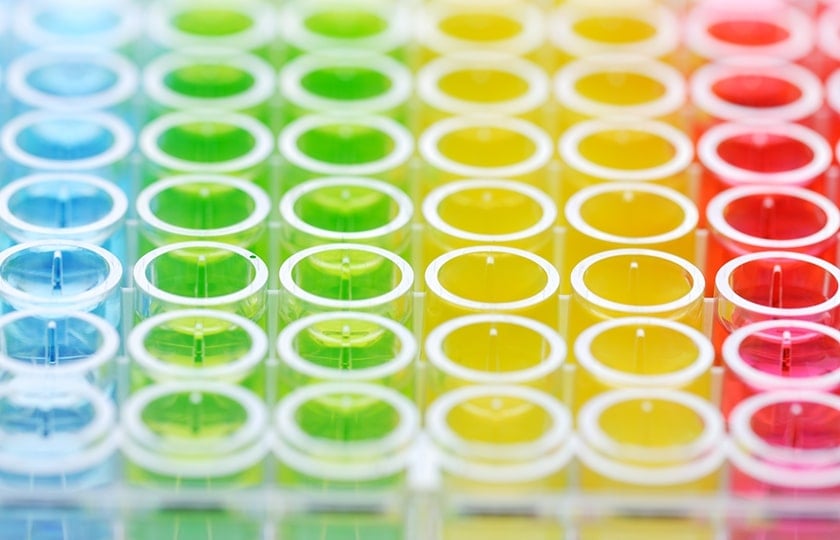Boosting Efficiency with Assay Miniaturization in HTS
High-throughput screening (HTS) plays a central role in accelerating drug discovery. With the aid of advanced automation systems and miniaturized assays, high-throughput screening technology enables researchers to comb through vast compound libraries to identify the most promising drug candidates and weed out the undesirables. A small sample volume is an important goal in high-throughput screening. As the number of tests with new targets and the number of active agents to be tested continues to expand, assay miniaturization is pivotal to the success of today’s high-throughput screening campaigns.
The drivers for assay miniaturization are evolving
In its earliest incarnation, high-throughput screening was largely a numbers game, involving brute force and relatively simple “yes/no” biochemical assays. The main motivation for assay miniaturization was to speed up the screening process and increase the numbers of compounds analyzed in order to increase the probability of finding a hit.
Today’s screening paradigms are more intelligent and information-driven. More elusive targets are being identified and the molecular space to be searched is getting more diverse. As a result, screeners are using more sophisticated assays and cell models, and there is greater emphasis on data quality and information-content. The substances to be tested and the reagents used are usually scarce, expensive and time-consuming to produce.
Get more mileage out of costly reagents and limited samples
Traditional 96 well plates consume hundreds of microliters and thousands of cells per well. By reducing the well dimensions and increasing the total number of wells per plate, your valuable reagents and samples go a lot further. These economies of scale and cost, gained through assay miniaturization, can be applied to:
- Add more controls and replicates to improve data quality
- Use more information-rich, disease-relevant assays, cell models, and phenotypic screening strategies
- Run quantitative high-throughput screening (qHTS) by generating concentration response curves for each compound tested; this methodology is increasingly popular to reduce false positive and false negative rates, and identify potentially toxic compounds earlier
Smaller volumes, lower cost per well
Miniaturization can dramatically reduce the assay cost per well. To see how much, consider the following scenario.
Boost productivity
While cost-savings per well is a key driver for assay miniaturization, there are even more benefits to be gained by moving from a traditional 96 well format to higher well densities such as 384 well and 1536 well microplates.
- Save on labor costs - Moving to higher well-densities means fewer plates to set up and process. When combined with automation, this can significantly reduce the amount of manual labor and free up staff time for more value-added activities.
- Increase quality - With fewer plates and a more automated workflow, the risk of human error is significantly reduced. As mentioned above, miniaturization also makes it possible to include more controls and replicates on each plate, which can improve screen quality (e.g. ,Z’ factor).
- Get results sooner – Depending on the assay technology, screen configuration and equipment involved, migrating to higher-density plates can also increase throughput and turnaround times, allowing you to screen more data points in less time.
Working together, all the benefits of miniaturization can have a synergistic effect that significantly boosts productivity.
Want to learn more about how to reap the benefits of miniaturization? Our blog will keep you up to date on the latest tips, trends and technologies.
